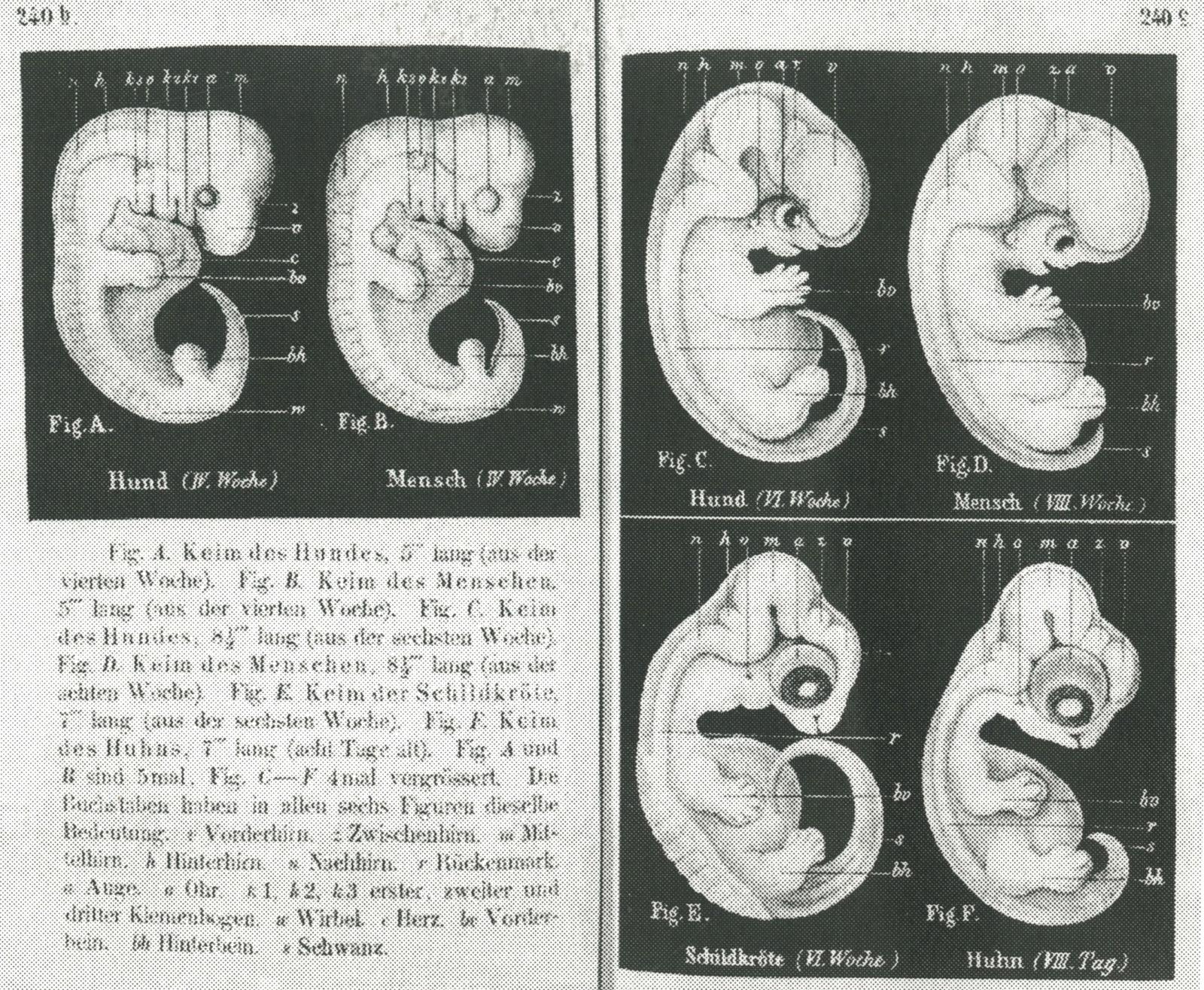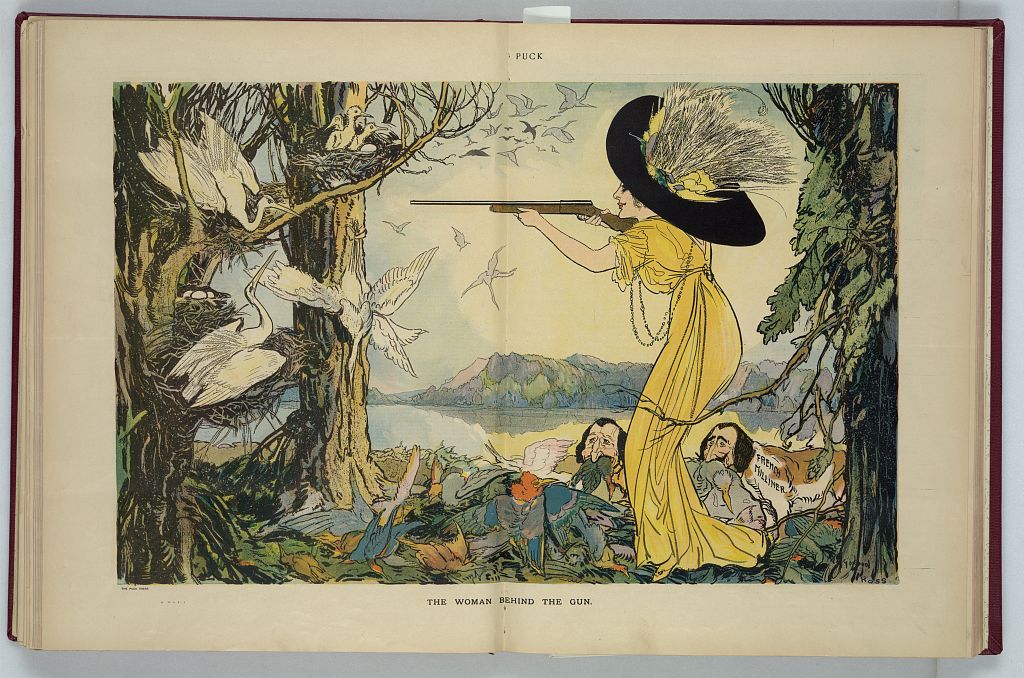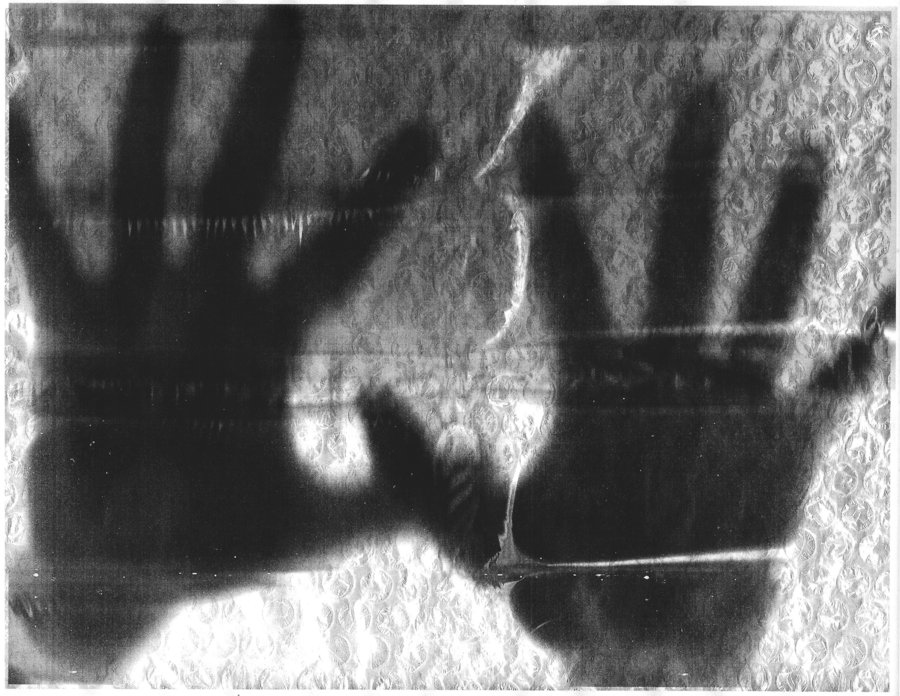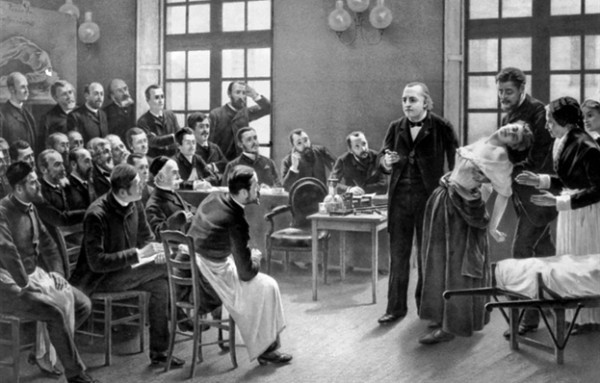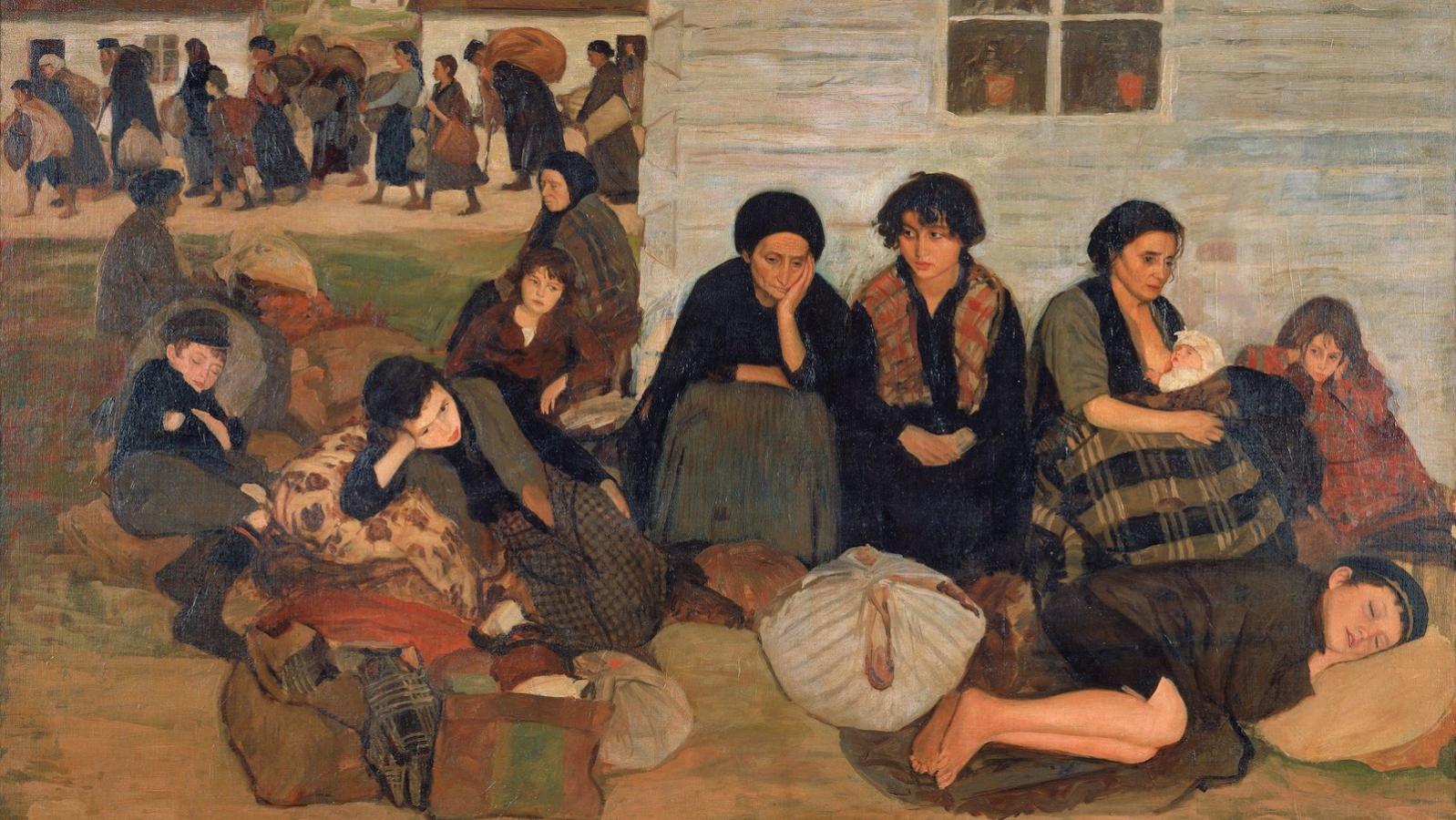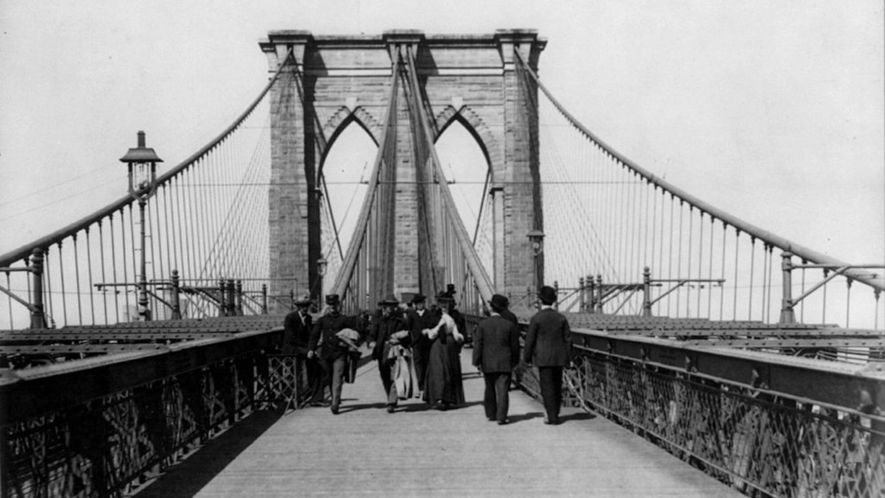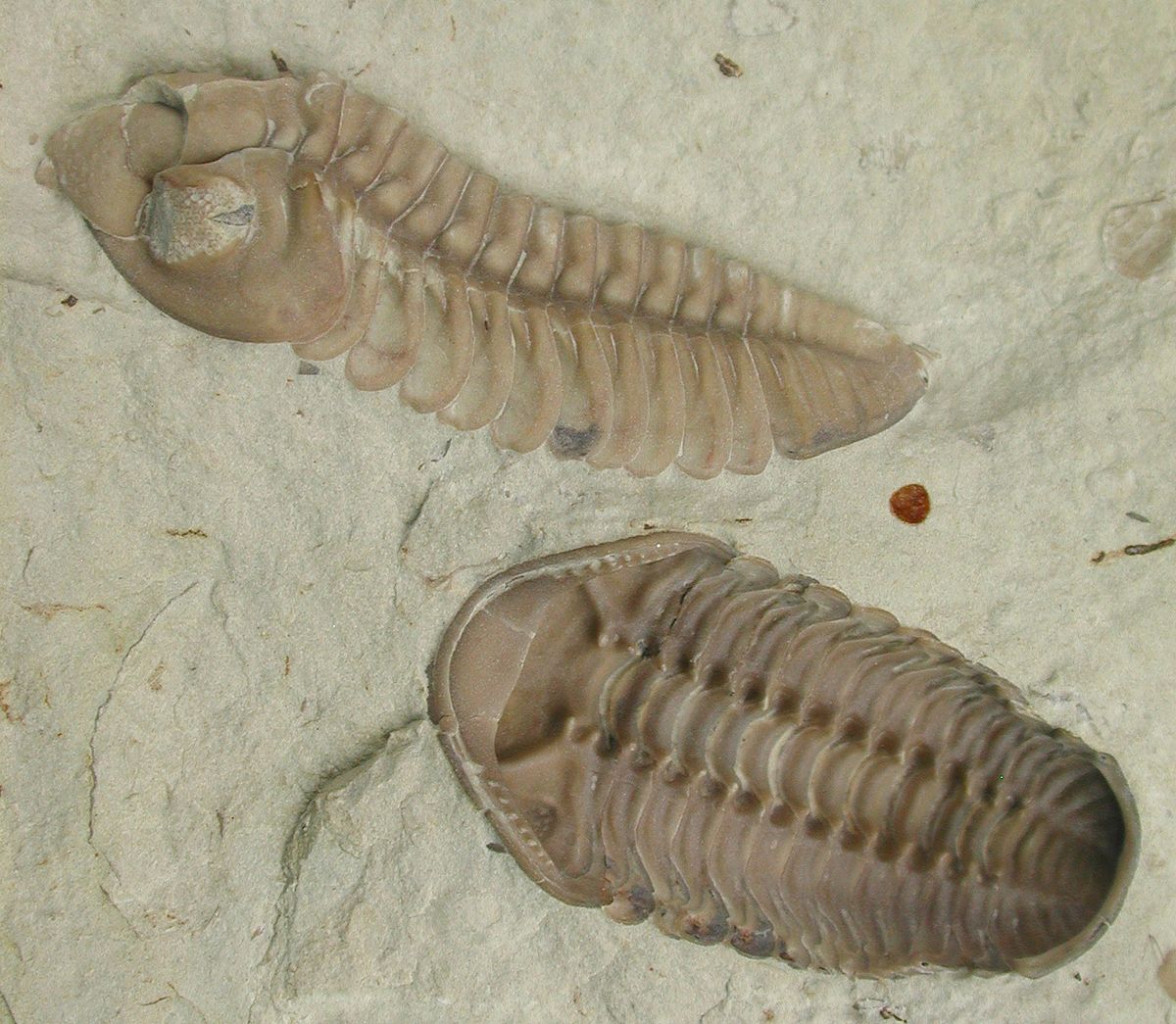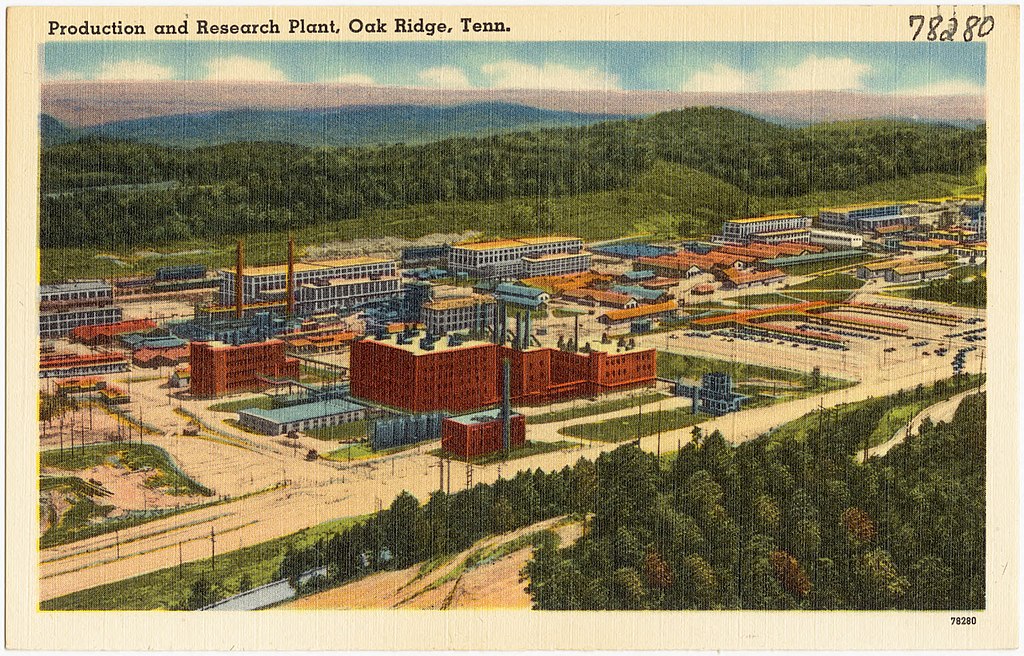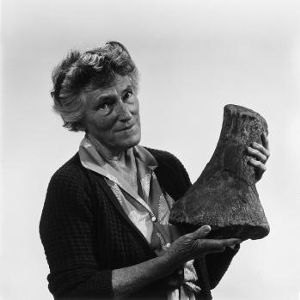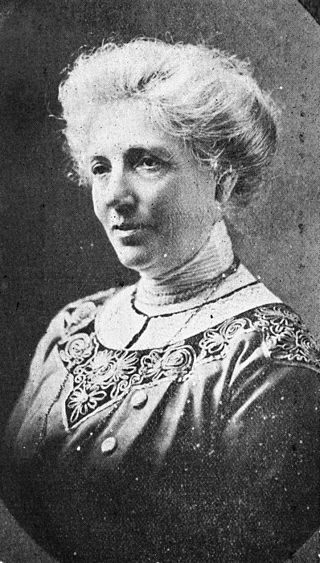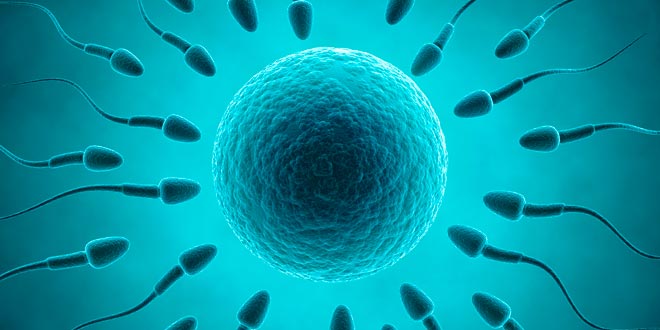By Robert Davis Beauty and self-care has always been in conversation with contemporary politics, especially regarding race, gender, class, and privilege. While the concept of…
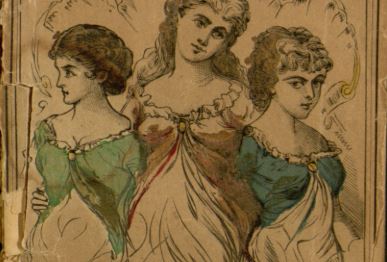
By Robert Davis Beauty and self-care has always been in conversation with contemporary politics, especially regarding race, gender, class, and privilege. While the concept of “self-care” has taken a prominent place in American society since the 2016 election, in the late 19th century, an explosion of cheap, readily available print advice books encouraged regular Americans to improve their bodies for greater health and well-being by conforming to white, middle-class beauty norms. One such book, the popular 1882 How to Become Beautiful; or, Secrets of the Toilet and of Health reveals how Americans framed self-care as an imperative that encouraged women to forsake the public sphere to strive for an unattainable, high-stakes ideal at home. What makes How to Become Beautiful unique is that it was not published in mainstream forums like middle-class women’s magazines. Instead, a dime novel press printed…
Read More...
